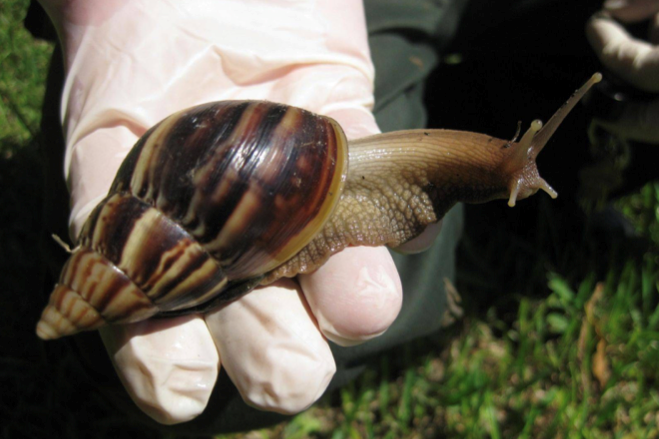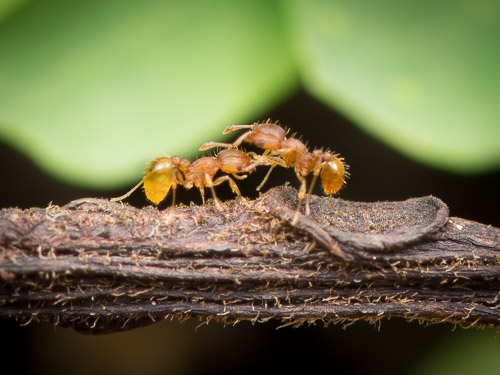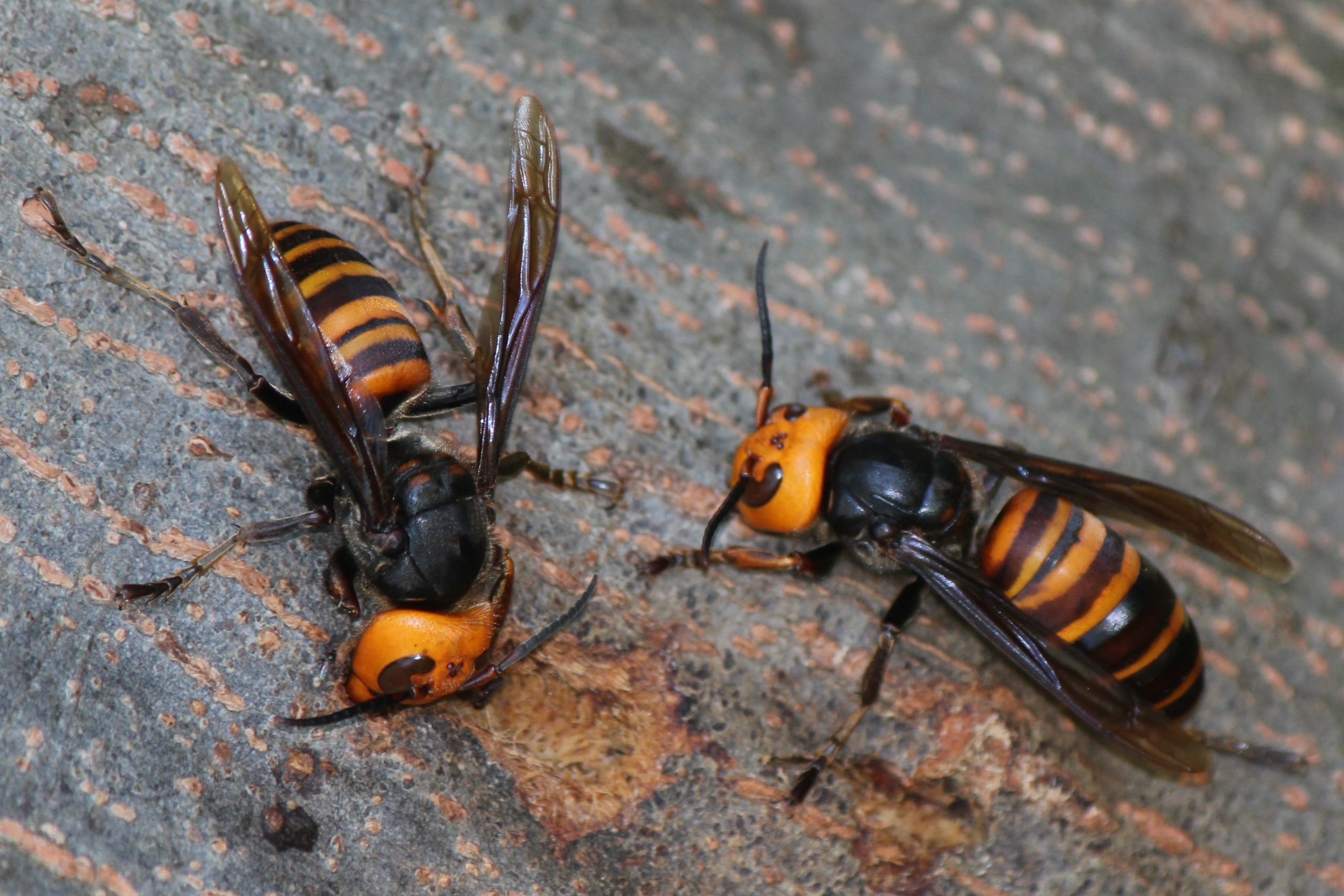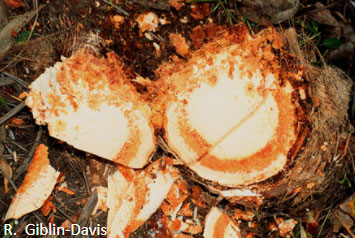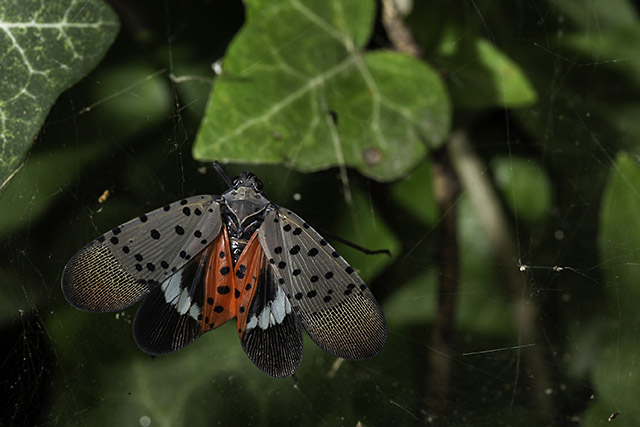Common Name: South American palm weevil
Scientific name: Rhynchophorus palmarum
Status in Hawaii: Not known to be present in Hawaii
A species of snout beetle that is a significant pest of coconut, date, and oil palms. The larvae are capable of killing a palm and also serve as a pathway for disease-causing bacteria and nematodes.

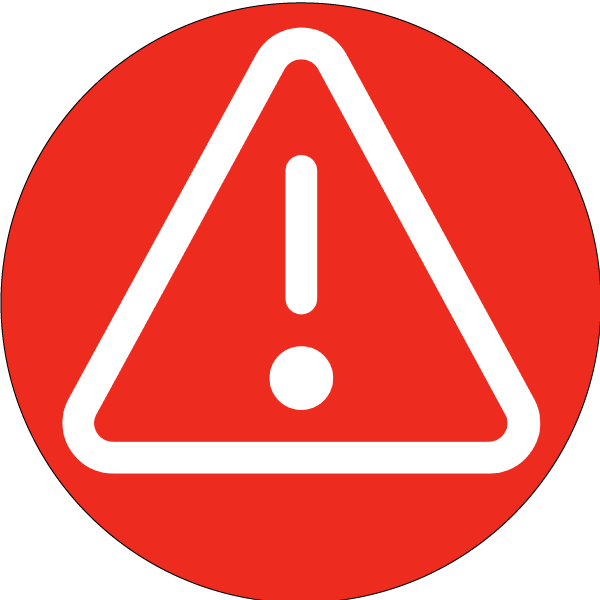
Impacts
- A huge risk to Hawaii’s native and endemic palm species.
- Feeds on banana, papaya, cacao, sugar cane, coconut and other palms.
- Adults have been recorded occasionally feeding on avocado and citrus and may be minor pests of these crops under some circumstances.
- Vectors the nematode Bursaphelenchus cocophilus which causes red-ring disease.
- Damage could lead to palm falling over.
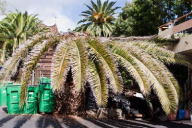
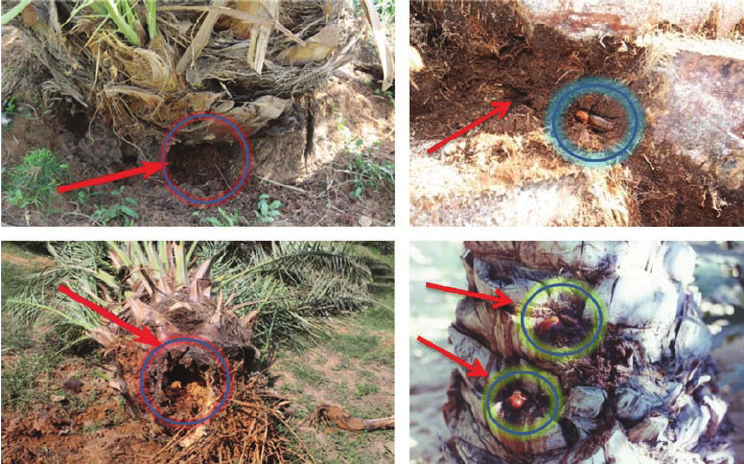

Identification
- Egg: Pearly-white, elongate-ovid.
- Larva: Caterpillar-like and legless. Head is orange/brown, abdomen is creamy-white and semi transparent and can grow up to 12.7 cm (5 in) long.
- Pupa: The tough, fibrous cocoon is made from the vascular bundles of the palm after the softer tissues have been eaten away.
- Adult: Deep, dull black, about 3.3 cm (1.3 in) long and can fly.
- Larvae tunnel and feed from the top of a palm tree through the trunk; damage is often undetected until the tree dies and the crown topples.
- Feeding debris (frass) and thick white fluid may ooze from entry holes.
- Gnawing sounds can be heard within a tree when large numbers of larvae are feeding.
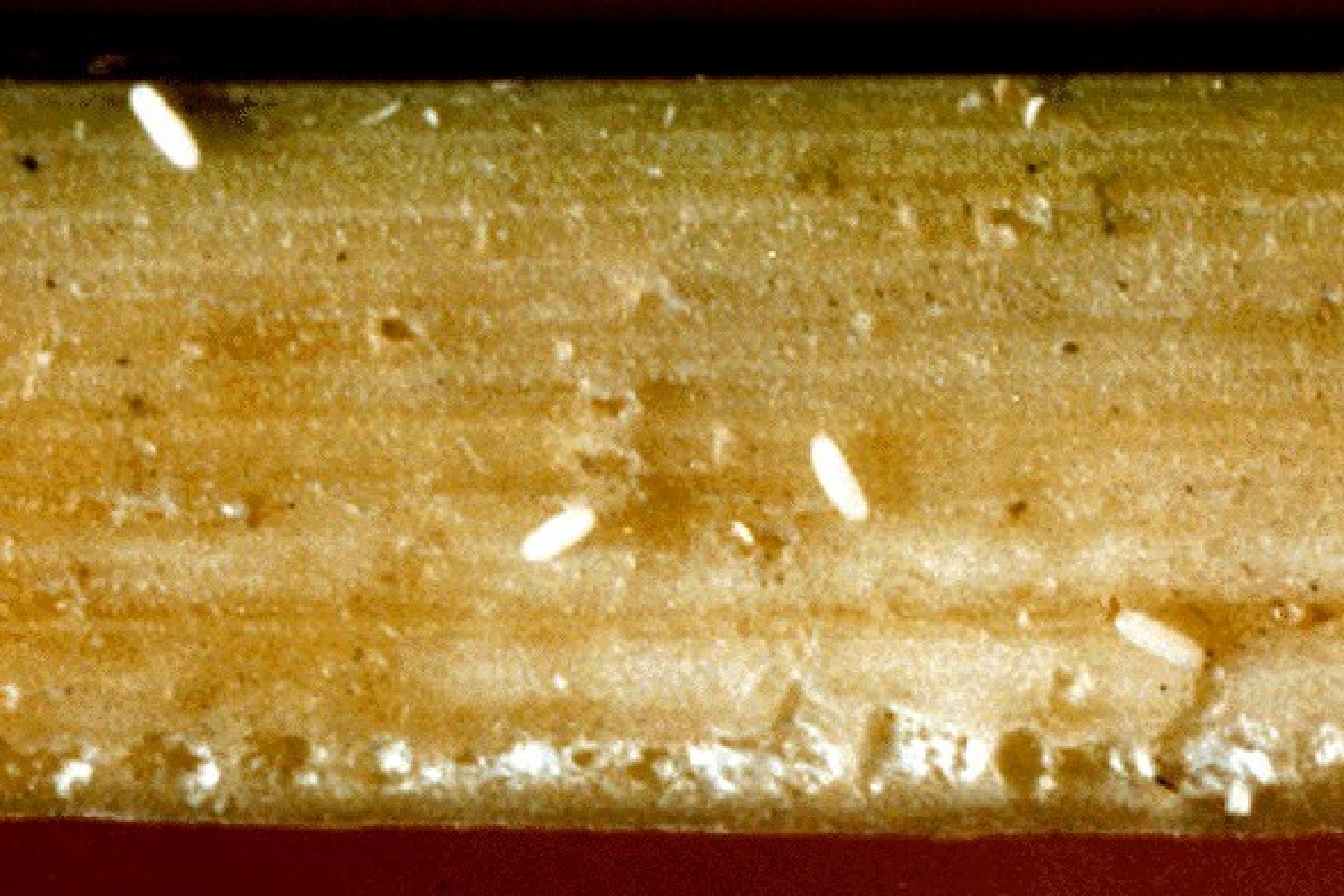
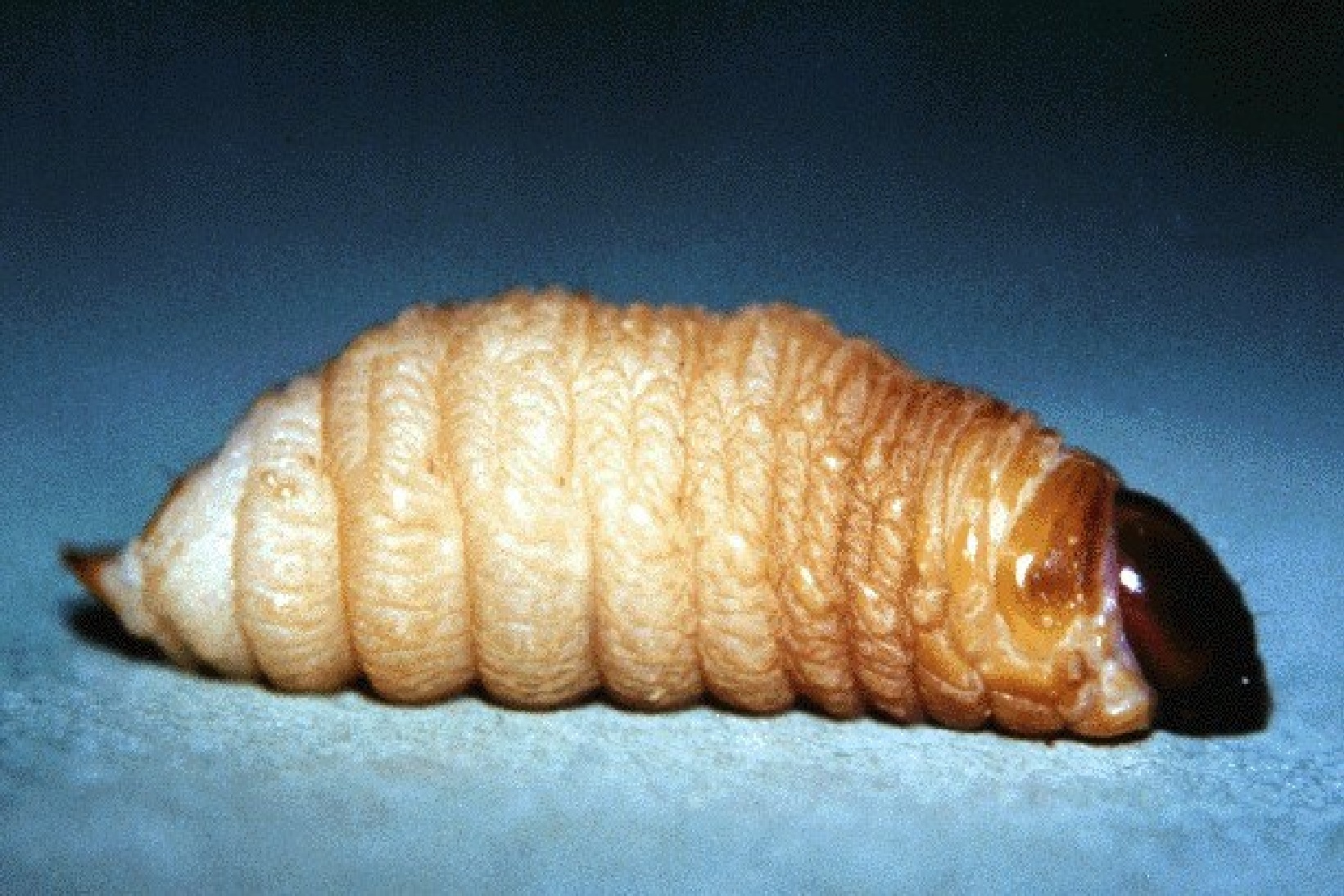



Vectors/Commodities
- Palm plants. Spend most of its life and all stages within the tree.
- Can also be found in leaf litter around the base of palm or green waste piles.
- May move through infected plants, like nursery stock.
- May also move short distances through adult flight. Both males and females are considered strong fliers and can fly over half a mile in one flight.

Distribution
- Current: Native to Mexico, Central, and South America.
- The beetle is now making incursions across the southern border of the United States into California, Arizona, and Texas.

Best Management Practices
- This species is not found in Hawaii. Prevention and early detection efforts protect Hawaii’s nursery industry and environment.
- Consider sourcing options and pest distribution when purchasing plants.
- BOLO: Be on the lookout! Carefully inspect all shipments of palms for indications of South American palm weevil.
- Larvae tunnel and feed from the top of a palm tree through the trunk; damage is often undetected until the tree dies and the crown topples.
- Feeding debris (frass) and thick white fluid may ooze from entry holes.
- Gnawing sounds can be heard within a tree when large numbers of larvae are feeding.
- Report any suspect pests to www.643pest.org
Other Nursery Pests
PEST PREVENTION TRAINING
An advanced education program for those on the front lines protecting Hawaii from invasive species.
Contact your local Invasive Species Committee to schedule a training for your team. Learn more
This material was made possible, in part, by a Cooperative Agreement from the United States Department of Agriculture’s Animal and Plant Health Inspection Service (APHIS). It may not necessarily express APHIS’ views.














